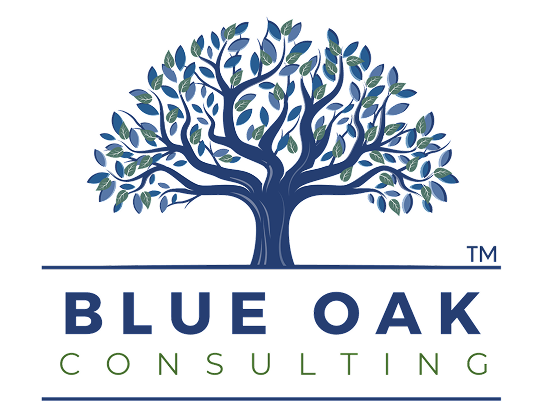How a connected strategy helps you serve better, grow smarter, and build real loyalty.
Let’s be honest—most businesses think they’re “customer-focused.”
But how often are you actually connecting with your customers before, during, and after the sale?
That’s where a connected strategy comes in.
It’s not about just being “nice” or sending a newsletter once a quarter. It’s about building a system where your business is constantly learning, adjusting, and showing up for customers in ways that matter.
Here’s how it works—and how even small manufacturers can use it to win in competitive markets.
What is a Connected Strategy?
A connected strategy is a loop. A cycle. A rhythm.
It’s built on four core actions:
- Recognize – Know your customer
- Request – Ask for feedback
- Respond – Act on what you hear
- Repeat – Do it again, consistently
Done right, it leads to:
✔ More loyalty
✔ Less churn
✔ Smarter decisions
✔ Better margins
✔ And yes—growth
Let’s break each piece down.
1. Recognize: Know What Your Customers Actually Care About
This isn’t about guesswork.
Use tools—CRM, Google Analytics, reviews, even casual check-ins—to answer:
- What frustrates them?
- What makes them stay?
- What keeps them from buying again?
The goal: stop treating all customers the same. Start tailoring your approach based on real behavior and feedback.
2. Request: Invite Honest Feedback (And Actually Listen)
Whether it’s a post-purchase survey, a quick “How was everything?” call, or a feedback form—give customers a chance to speak up.
But here’s the trick:
Don’t just collect feedback. Close the loop.
Let them know you heard them. Show them how their input made a difference. That’s where trust starts.
3. Respond: Act Like a Partner, Not Just a Vendor
Speed matters. Personalization matters more.
- Reply to questions quickly
- Solve problems without blame
- Offer proactive updates (“Hey, we saw this coming—here’s what we’re doing about it.”)
This is where the relationship deepens. It’s not just customer service—it’s brand experience.
4. Repeat: Build the Muscle
This isn’t a one-time campaign.
Recognize → Request → Respond → Repeat
Make it part of your operating system.
The best businesses aren’t reactive. They’re rhythm-driven.
Businesses that use structured customer feedback loops grow faster and build deeper loyalty. According to insights from GetThematic, companies that respond to feedback consistently grow about 41 % faster than their peers. That’s not marketing fluff—it’s proof that closing the feedback loop isn’t just good for relationships, it drives smarter decisions—even in small manufacturers.
A Real-World Example: Rolls-Royce’s Engine Strategy
This might sound high-tech, but it’s actually super practical.
Rolls-Royce installs sensors on airplane engines to collect performance data. That lets them:
- Predict issues before they happen
- Offer proactive support
- Shift from one-time sales to performance-based contracts
The result? Better service, fewer surprises, and stronger long-term relationships.
Small businesses can take the same approach—at a smaller scale. You don’t need sensors. You just need systems.
How to Get Started (Even Without a Big Team)
- Pick one touchpoint—quote requests, onboarding, post-delivery
- Build a loop—recognize, request, respond
- Use what you learn to improve your service, pricing, packaging, or delivery
- Automate where you can—but never lose the personal touch
You don’t have to do everything. But you do have to start somewhere.
Customers Remember How You Made Them Feel
People won’t always remember your lead time or your invoice format.
But they’ll remember:
✔ How easy it was to get a quote
✔ How fast you fixed something
✔ How well you understood their needs
A connected strategy makes that kind of experience repeatable—and scalable.
Learn more at blueoakconsulting.net





